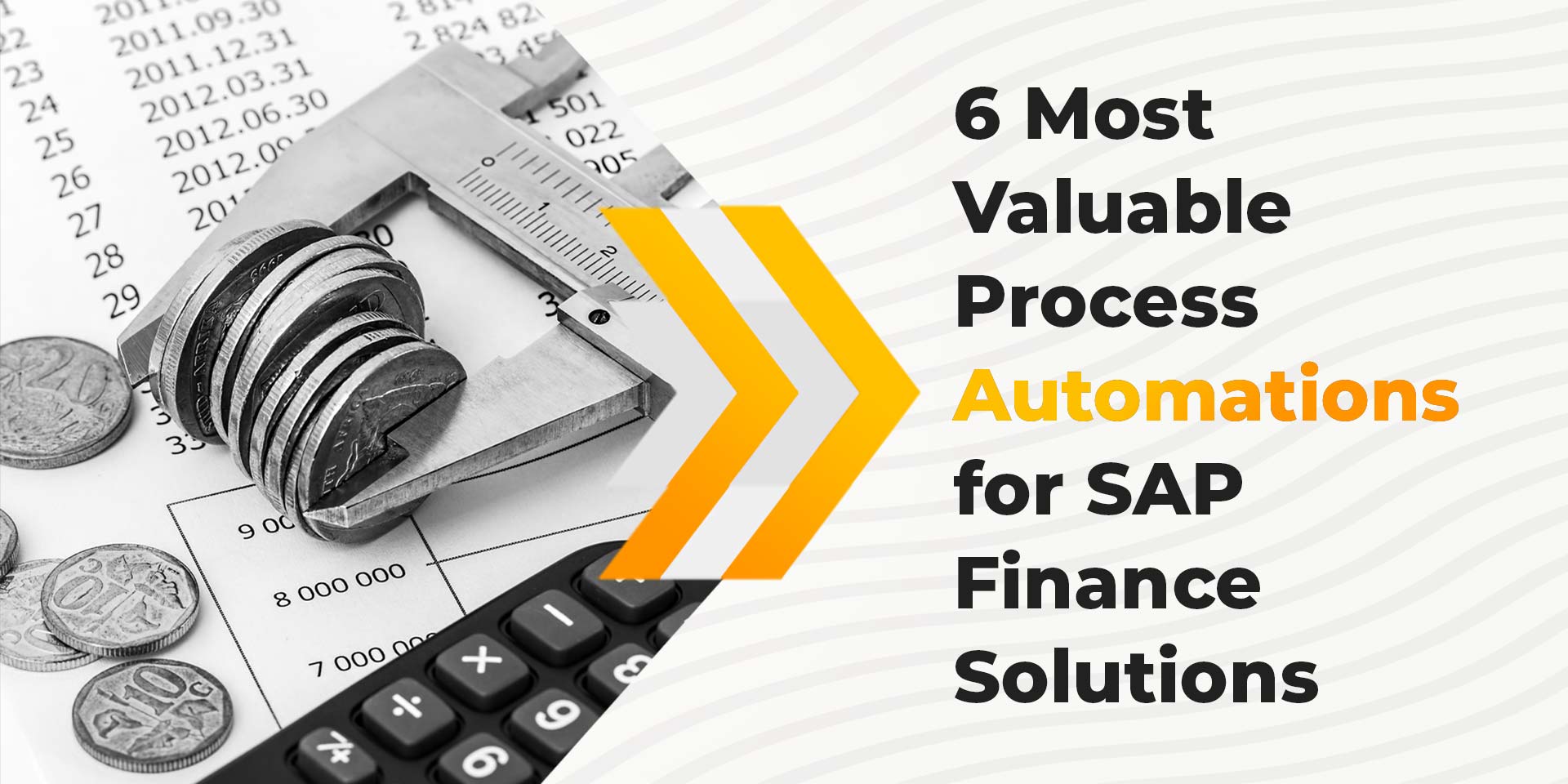Automation
The Comprehensive Benefits of Implementing a Multi-vendor RPA Strategy


- Table of Contents
- Introduction
- Multi-Vendors- The New Trend in the RPA Space
- Benefits of Implementing a Multi-vendor RPA Strategy
- Conclusion
Introduction
In the ever-evolving world of automation, organizations are constantly exploring innovative methods to enhance efficiency, streamline processes, and maintain a competitive edge.
One strategy that is gaining momentum is the adoption of a multi-vendor approach to Robotic Process Automation (RPA). This approach involves leveraging various RPA tools and technologies from different vendors to customize automation solutions based on specific requirements. In this blog post, we will delve into the numerous benefits that organizations can enjoy by embracing a multi-vendor RPA strategy.
Multi-Vendors: The New Trend in the RPA Space
RPA platform migrations have become a notable trend, with organizations exploring the transfer of their bot portfolios to alternative vendors. By 2024, 40% of RPA buyers will adopt a multi-vendor strategy.
Motivations for such migrations range from insufficient returns and complexity to decreasing the cost of ownership. Additionally, the prevalence of organizations using multiple RPA platforms for their automation initiatives underscores the strategic importance of a diverse toolset. Single-platform lock-ins can lead to higher costs, reduced flexibility, and overall limitations in the scope of automation.
Benefits of Implementing a Multi-vendor RPA Strategy
Tailored to Specific Needs
A multi-vendor RPA strategy offers numerous benefits, particularly in meeting the unique requirements of an organization. Different RPA tools possess varying capabilities, making them more suitable for specific tasks. Instead of trying to force all processes into a single tool, organizations can carefully select the most appropriate tools for each function. This tailored approach ensures that automation efforts seamlessly align with the intricacies of diverse business operations, leading to optimized outcomes and increased value.
Greater Flexibility and Scalability
In the ever-changing business landscape, the requirements for automation are prone to change. A multi-vendor RPA strategy provides unparalleled flexibility, enabling organizations to quickly adapt to evolving needs. Whether it's rapidly scaling up automation efforts or refining processes over time, organizations can effortlessly add or remove tools to meet their requirements. This adaptability is crucial for businesses aiming to maintain agility in the face of shifting market dynamics and technological advancements.
Avoidance of Vendor Lock-in
Organizations that heavily rely on a single provider for automation face a significant concern: vendor lock-in. However, by embracing a multi-vendor RPA strategy, companies can break free from this dependency and liberate themselves. This newfound independence not only enhances their bargaining power but also mitigates the risks associated with vendor-specific challenges. Moreover, it empowers organizations to switch vendors or negotiate terms during renewal, enabling them to maintain control and optimize costs effectively.
Access to a Broader Range of Expertise
Each RPA vendor brings a unique set of expertise and capabilities to the table, allowing organizations to tap into a diverse pool of knowledge and experience. By engaging with multiple vendors, businesses can leverage specialized skills for specific tasks instead of being limited to a single provider's offerings. This access to a broader range of expertise fosters innovation, problem-solving, and continuous improvement in the automation landscape.
Increased Efficiency and Productivity
A key aspect of a multi-vendor RPA strategy lies in the ability to leverage the most suitable tool for each specific task. This approach leads to heightened levels of efficiency and productivity, allowing organizations to optimize their automation processes. By aligning tasks with the unique strengths of individual tools, companies can achieve cost savings and gain a competitive edge. The cumulative impact of improved efficiency across diverse business functions contributes to overall organizational excellence.
Compatibility
As the automation market continues to evolve, new vendors are entering the scene, with a focus on specialized use cases. Organizations may choose to incorporate additional RPA tools that seamlessly integrate with their existing enterprise infrastructure, particularly when it comes to SAP automation.
By implementing a multi-vendor strategy, businesses can select the most suitable tool for each use case within the SAP ecosystem. Compatibility becomes a key driver behind the adoption of multiple RPA vendors, ensuring optimal performance and efficiency.
Specialization
Specialization plays a crucial role in the adoption of multiple RPA vendors. Newer vendors are focusing on specific use cases, such as automating processes in IT, HR, or Finance. The quest for specialized tools that cater to specific business functions not only enhances user-friendliness but also expedites RPA implementation, aligning with the evolving nature of the RPA software market.
Different Lines of Businesses Have Their Own Preferences
In the beginning, the adoption of Robotic Process Automation (RPA) was led by individual lines of business, each selecting a vendor based on their specific requirements. As time passed, this resulted in a situation where various lines of business within an organization embraced different RPA platforms. While this diversity may offer advantages, it also introduces complexities when it comes to managing standardization, control, and governance.
Hedging Bets
Robotic Process Automation (RPA) is a relatively new software category, and organizations are grappling with the complexities of this emerging field. Automation teams are actively exploring different vendors to find the most suitable solutions considering factors like cost-effectiveness, time-to-value, support terms, and analytics capabilities. By leveraging multiple RPA tools, organizations can diversify their options and experiment to discover the perfect match for their evolving needs.
Conclusion
In conclusion, the implementation of a multi-vendor RPA strategy offers organizations a comprehensive range of benefits. As organizations navigate the ever-changing automation landscape, a well-thought-out and effectively managed multi-vendor RPA strategy can act as a powerful catalyst for sustained success. The right guide for selecting the best tool for each unique business requirement, along with a strong governance and control framework, can help organizations achieve greater standardization, control, and agility in their automation initiatives.







































